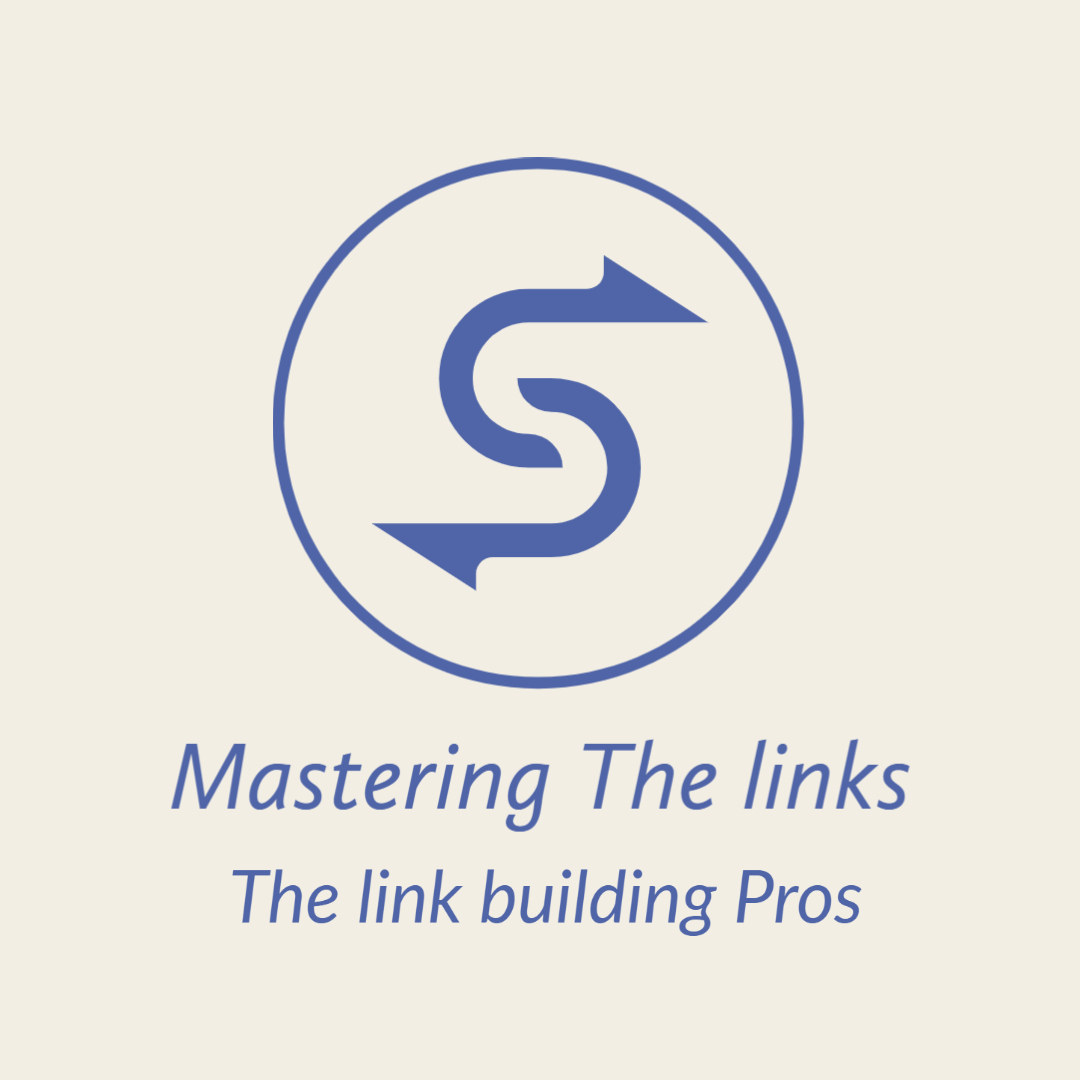Anchor text is a crucial aspect of link building that can have a significant impact on your website’s search engine rankings. It’s the visible, clickable text in a hyperlink that takes users from one page to another. When used effectively, anchor text can help search engines understand the content of your website and the relevance of your links. In this article, we will explore the importance of anchor text in link building and provide tips on how to use it effectively.
Understanding Anchor Text
Anchor text is the visible text that is hyperlinked to another webpage. It is often underlined and displayed in a different color to make it stand out from the surrounding text. Anchor text can be descriptive, such as “click here,” or it can use relevant keywords or phrases that relate to the content of the linked page.
Anchor text serves two primary purposes. First, it provides context to search engines about the content of the linked page. This context helps search engines understand what the linked page is about and how it relates to the page that contains the link. Second, anchor text is used by search engines to determine the relevance of the linked page to a particular search query.
Types of Anchor Text
There are several types of anchor text that you can use in your link building efforts. The most common types are:
- Exact-match anchor text: This type of anchor text uses the exact keyword or phrase that you want to rank for as the hyperlink. For example, if you want to rank for the keyword “best SEO services,” you might use that phrase as the anchor text in your link.
- Partial-match anchor text: This type of anchor text uses a variation of the keyword or phrase that you want to rank for as the hyperlink. For example, if you want to rank for “best SEO services,” you might use “SEO services” or “best services” as the anchor text in your link.
- Branded anchor text: This type of anchor text uses your brand name as the hyperlink. For example, if you want to link to your homepage, you might use your brand name as the anchor text.
- Naked URL anchor text: This type of anchor text uses the URL of the linked page as the hyperlink. For example, if you want to link to a specific product page on your website, you might use the URL of that page as the anchor text.
- Generic anchor text: This type of anchor text uses generic words or phrases, such as “click here” or “read more,” as the hyperlink.
Best Practices for Anchor Text
To use anchor text effectively in your link building efforts, there are some best practices that you should follow:
- Use descriptive anchor text: Use descriptive anchor text that accurately describes the content of the linked page. This helps search engines understand what the linked page is about and how it relates to the page that contains the link.
- Diversify your anchor text: Use a variety of anchor text types to make your link profile look natural. Avoid using the same exact-match anchor text over and over again, as this can look spammy to search engines.
- Avoid over-optimization: Avoid using too many exact-match anchor texts or using them in a way that looks unnatural. Over-optimization can result in a penalty from search engines.
- Use anchor text that matches the intent of the linked page: Use anchor text that matches the intent of the linked page and the search query that the page is targeting. This helps search engines understand the relevance of the linked page to a particular search query.
- Focus on quality over quantity: Focus on getting links from high-quality websites that have relevant, authoritative content. These are the best links you can get that will boost your domains authority.
Strategies for Building Quality Anchor Text
When building anchor text, there are several strategies to keep in mind. First and foremost, it’s important to create a diverse range of anchor text using different variations of your target keyword. For example, instead of using the exact same keyword every time, mix it up by using long-tail variations or synonyms. This will make your anchor text more natural and less spammy. Additionally, it’s important to avoid over-optimizing your anchor text. Too many exact-match anchor texts can actually harm your rankings, so it’s important to maintain a healthy balance of keyword-rich and generic anchor text.
Another important strategy is to focus on the context of your anchor text. By placing your anchor text in relevant content, such as a blog post or article, you can improve its overall relevance and boost its impact on your rankings. Finally, it’s crucial to prioritize the quality of your backlinks over the quantity. Building high-quality backlinks from authoritative sources with relevant anchor text can have a much greater impact on your SEO than a large number of low-quality backlinks. By employing these strategies, you can build quality anchor text that drives traffic to your site and improves your search rankings.
Best Practices for Anchor Text in 2023
In 2023, best practices for anchor text have evolved to prioritize a more natural and varied approach. Here are some key strategies to keep in mind when creating anchor text for your backlinks:
- Use relevant keywords: Anchor text should always be relevant to the page it’s linking to, and incorporating target keywords can help boost search engine rankings.
- Vary the anchor text: Avoid using the same anchor text repeatedly, as this can appear unnatural and potentially trigger a penalty from search engines. Instead, mix it up with variations of the target keyword, brand name, or even plain URL links.
- Keep it concise: Shorter anchor text is generally better, as it’s more natural and easier to read. Avoid lengthy phrases or over-optimizing by cramming in too many keywords.
- Focus on user experience: Anchor text should be informative and intuitive for users, helping them understand what they’ll find on the linked page. Don’t sacrifice clarity or readability for the sake of SEO.
- Avoid over-optimization: In the past, overusing exact-match anchor text was a common tactic for boosting search rankings, but this can now be seen as spammy and may trigger penalties. Instead, focus on creating high-quality content and earning backlinks naturally.
By following these best practices, you can help ensure your anchor text is effective, natural, and beneficial for both users and search engines.
Conclusion
In order to use anchor text effectively, it’s important to consider both the content of the link and the context in which it appears. One strategy is to use descriptive anchor text that accurately reflects the content of the link. This helps both search engines and users understand what the link is pointing to, improving the relevance and authority of the linked page. For example, if you’re linking to a blog post about the benefits of using anchor text, a descriptive anchor text might be “learn more about the benefits of anchor text”.
Another important consideration is the placement of the anchor text within the content. It’s generally recommended to place anchor text near the beginning of the linking content, as this helps search engines and users quickly identify the topic of the linked page. Additionally, using natural language and avoiding overly promotional language can help ensure that the anchor text is seen as relevant and trustworthy by both search engines and users.
It’s also important to consider the overall link profile of your website when using anchor text. Overusing a single keyword or phrase in anchor text can be seen as spammy by search engines, potentially leading to penalties or a decrease in search rankings. Instead, a diverse range of relevant anchor text should be used, including variations on keywords and phrases, branded anchor text, and generic anchor text such as “click here” or “learn more”.
In addition to these best practices for using anchor text, it’s important to continually monitor and analyze the impact of your link building efforts. Tools such as Google Analytics can provide valuable insights into the performance of your anchor text links, including click-through rates, conversion rates, and other important metrics. By analyzing this data, you can optimize your link building strategy and improve the effectiveness of your anchor text.
In conclusion, anchor text is a crucial element of effective link building, allowing both users and search engines to understand the context and relevance of linked pages. By using descriptive, natural language anchor text in a diverse range of relevant contexts, and continually monitoring and analyzing the impact of your efforts, you can improve the authority and relevance of your website, increasing your visibility in search results and driving more traffic and leads to your site.







